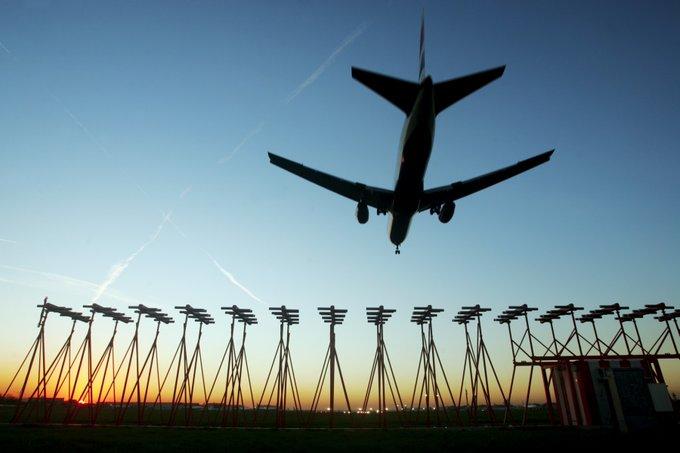
LONDON—The UK Civil Aviation Authority (CAA) has set out its vision for the future of UK airspace, with the aim of delivering faster, quieter and cleaner journeys while creating more capacity in the airspace system.
The UK regulator’s Airspace Modernization Strategy is designed to ensure that management of the country’s airspace remains fit for purpose out to 2040. The strategy takes into account developments in innovation and technology, including the accommodation of new types of aircraft such as drones, eVTOL air taxis and spacecraft. The UK has ambitions to become Europe’s largest launch center for satellites.
The CAA said the structure of the country’s airspace has remained unchanged for decades, despite an increase in demand. The revised strategy includes measures to maintain and, where possible, improve the country’s aviation safety; to aim for simpler airspace and supporting regulations; to introduce environmental sustainability as an overarching principle; and to meet the UK’s international obligations, aligning delivery of the new strategy with ICAO’s Global Air Navigation Plan and ensuring interoperability of the UK network with that of neighbors.
The strategy also aims to provide a clear strategic path for regulatory policy and requirements following the UK’s departure from the EU and EASA.
The first section of the strategy document, issued Jan. 23, deliberately does not provide detailed solutions to reach individual objectives, instead setting out general aims and allowing the necessary space for innovation.
The latter two sections—covering delivery elements and deployment—will be updated periodically as those elements evolve and mature, the regulator said.
There are nine delivery elements, split between aircraft-based navigation and airspace management. Aircraft-based navigation elements include trajectory-based operations and terminal airspace design. The airspace management elements include enabling new data services for pilots and others; and future surveillance capabilities, such as increased security against cyber-attacks.
“The strategic vision set out in our refreshed strategy gives us a direction of travel that guides airspace modernization,” CAA director for strategy and policy Tim Johnson said. “It will help make our airspace more environmentally friendly and sustainable and deliver the many benefits of airspace modernization.”
Johnson acknowledged that alongside existing users of airspace such as commercial air transport, business aviation, recreational flyers and the military, there are new parts of the sector which need to be integrated safely into the UK’s existing airspace network.
“Our strategy enables these different groups to use airspace alongside each other and is a fundamental principle of the strategy,” Johnson said.
